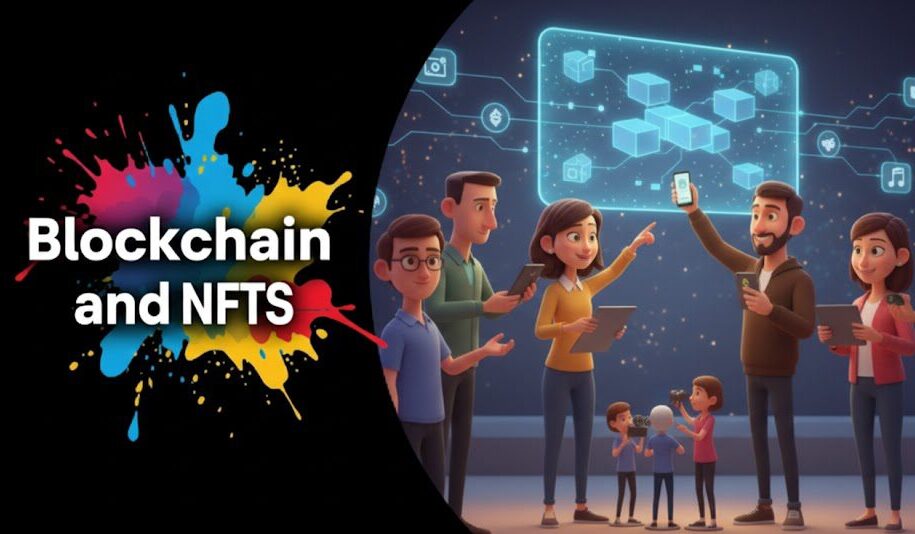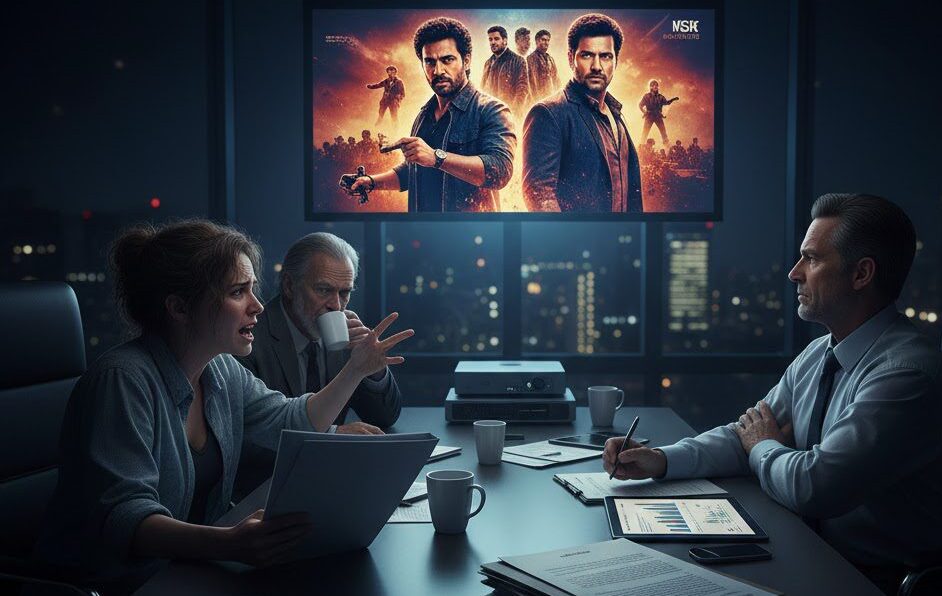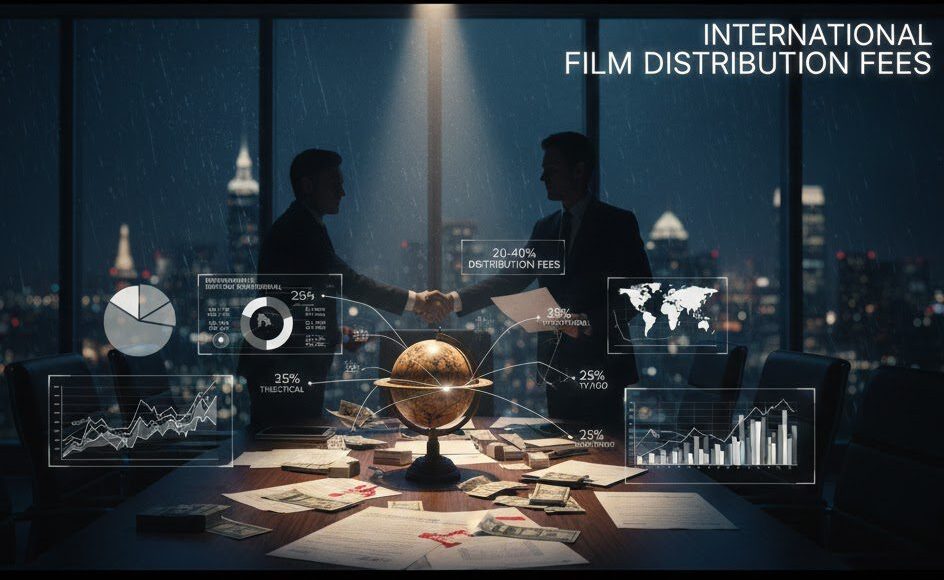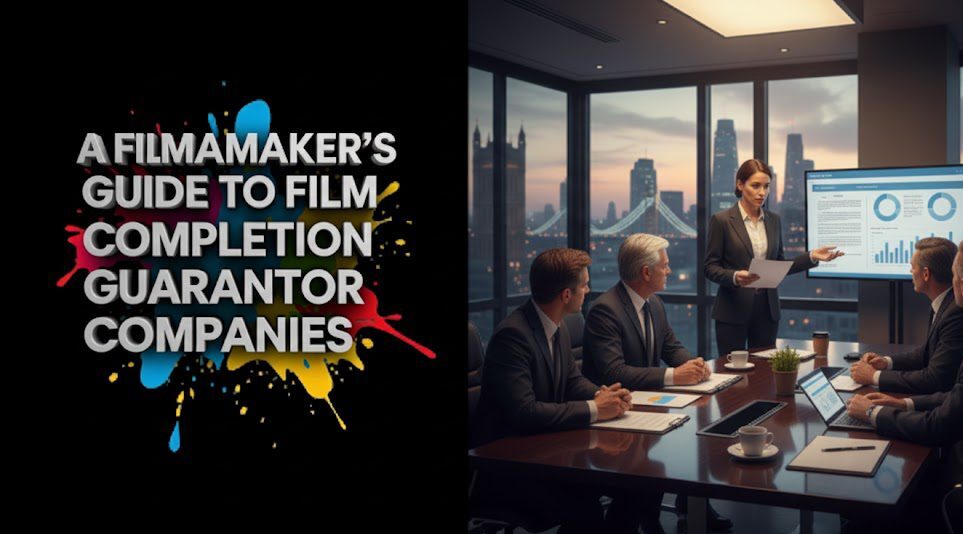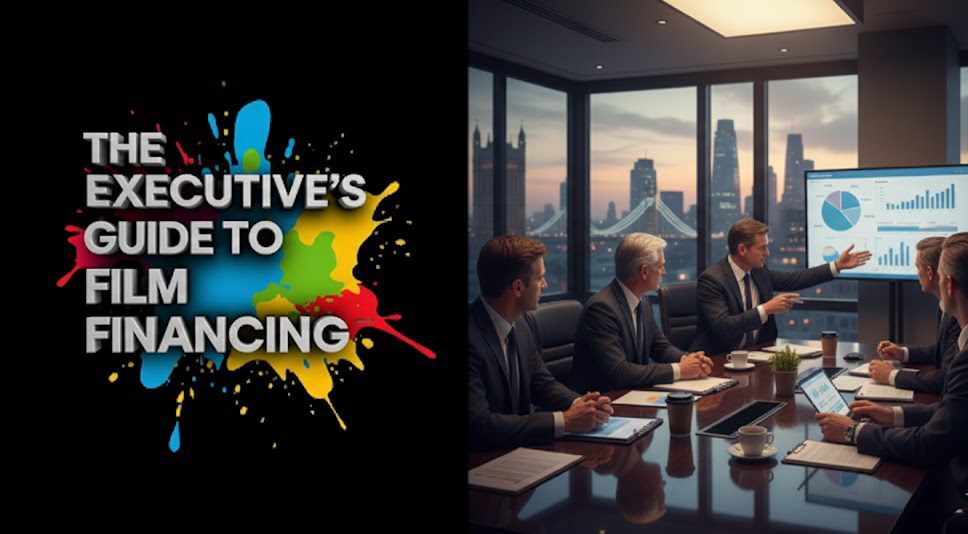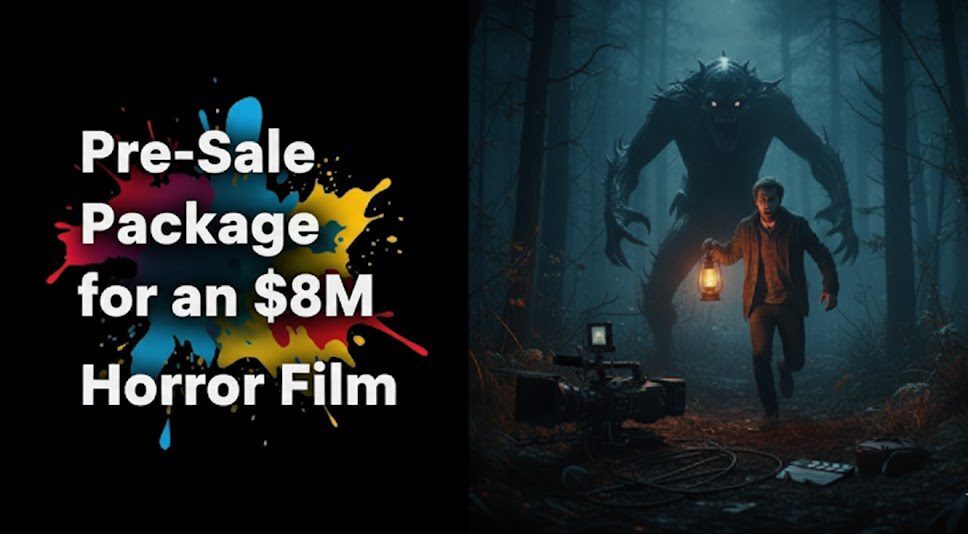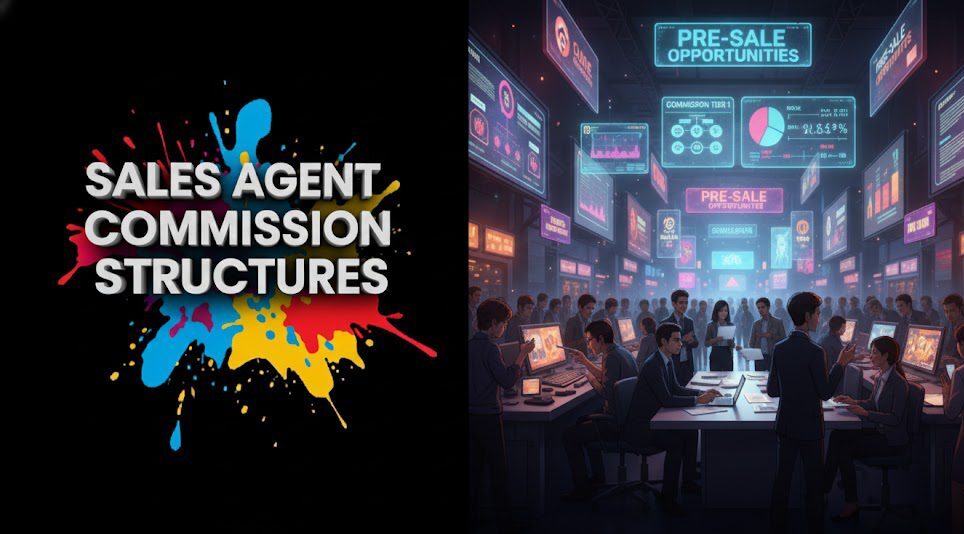Introduction
In today’s rapidly evolving entertainment landscape, 3D animation companies are driving innovation, delivering captivating visuals for films, games, advertising, and AR/VR experiences. As demand soars across industries, these companies face new challenges and opportunities, fueled by technological advancements like AI and real-time rendering.
Platforms like Vitrina.ai play a critical role in this ecosystem, helping 3D animation companies connect with vendors, optimize workflows, and scale their operations globally.
Table of content
- Introducion
- The Importance of 3D Animation in 2025
- Tools and Technologies Shaping 3D Animation
- Key Challenges for 3D Animation Companies
- Industry Trends and Innovations
- How Vitrina.ai Supports 3D Animation Companies
- Practical Insights for Animation Studios
- Future Outlook for 3D Animation
- Conclusion
- FAQs
Scale Your 3D Animation Studio!

The Importance of 3D Animation in 2025
3D animation enhances storytelling, making it a vital tool across entertainment and corporate sectors. From blockbuster movies to immersive gaming and interactive training simulations, animation brings ideas to life, engaging audiences and driving business goals.
Tools and Technologies Shaping 3D Animation
Industry-Standard Software
Leading tools used by 3D animation companies include:
- Blender: Known for its versatility in modeling and rendering.
- Maya: Ideal for character animation and simulations.
- Houdini: Specializes in creating complex visual effects.
- Unreal Engine: Revolutionizes workflows with real-time rendering.
AI-Driven Solutions
Artificial intelligence is transforming animation production by:
- Streamlining workflows: Automating repetitive tasks like rigging and texturing.
- Improving collaboration: Tools like NVIDIA Omniverse enable real-time teamwork.
- Enhancing creativity: AI-generated effects and textures expand creative possibilities.
Key Challenges for 3D Animation Companies
Rising Costs
Producing high-quality animations is resource-intensive, often requiring expensive software, skilled professionals, and extended timelines.
Sustainability
Animation studios are adopting eco-friendly practices, such as cloud-based rendering, to reduce their environmental footprint.
Talent Acquisition
The demand for skilled animators exceeds supply, making talent acquisition a challenge for studios of all sizes.
Stay Ahead in 3D Animation!

Industry Trends and Innovations
Global Reach and Hybrid Storytelling
Studios are increasingly blending live-action and animation, while creating culturally relevant content to engage global audiences.
AR and VR Integration
3D animation is central to immersive experiences in gaming, virtual training, and the metaverse.
Sustainability Initiatives
From renewable energy to low-waste workflows, animation companies are aligning with global sustainability goals.
How Vitrina.ai Supports 3D Animation Companies
Vendor Matchmaking
Vitrina.ai connects animation companies with top-tier vendors for rendering, VFX, and localization services, enabling studios to expand their capabilities.
Market Insights
With real-time analytics, Vitrina.ai helps studios align their projects with market trends, ensuring relevance and competitive edge.
Success Stories
- A mid-size animation studio increased revenue by 30% through global partnerships facilitated by Vitrina.ai.
- Case studies highlight Vitrina.ai’s role in driving collaboration on international advertising campaigns.
Practical Insights for Animation Studios
Best Practices for Outsourcing Animation Projects
- Select the right partners: Use platforms like Vitrina.ai for trusted vendor recommendations.
- Focus on specialization: Choose vendors with expertise in specific animation techniques.
Benefits of Partnering with Global Studios
Global partnerships provide access to diverse talent and advanced resources, enabling studios to deliver culturally resonant content.
Future Outlook for 3D Animation
In-Demand Skills
Proficiency in tools like Blender, Houdini, and Unreal Engine, as well as AI integration, will define future animation professionals.
Technological Advancements
AI-driven solutions and real-time localization tools will dominate the industry by 2025, enhancing efficiency and creativity.
Conclusion
The 3D animation industry is evolving rapidly, shaping how stories are told across various media. By leveraging advanced tools and platforms like Vitrina.ai, animation companies can overcome challenges, optimize their workflows, and thrive in a competitive market.
Frequently Asked Questions
3D animation companies offer services like character animation, VFX, motion graphics, and immersive AR/VR content creation.
Blender, Maya, Houdini, and Unreal Engine are widely used, alongside AI-driven tools like NVIDIA Omniverse.
Vitrina.ai connects studios with global vendors, provides analytics on market trends, and enables streamlined collaboration.
Challenges include high production costs, sustainability, and finding skilled talent.
Key trends include AR/VR integration, hybrid storytelling, and AI-enhanced workflows.























